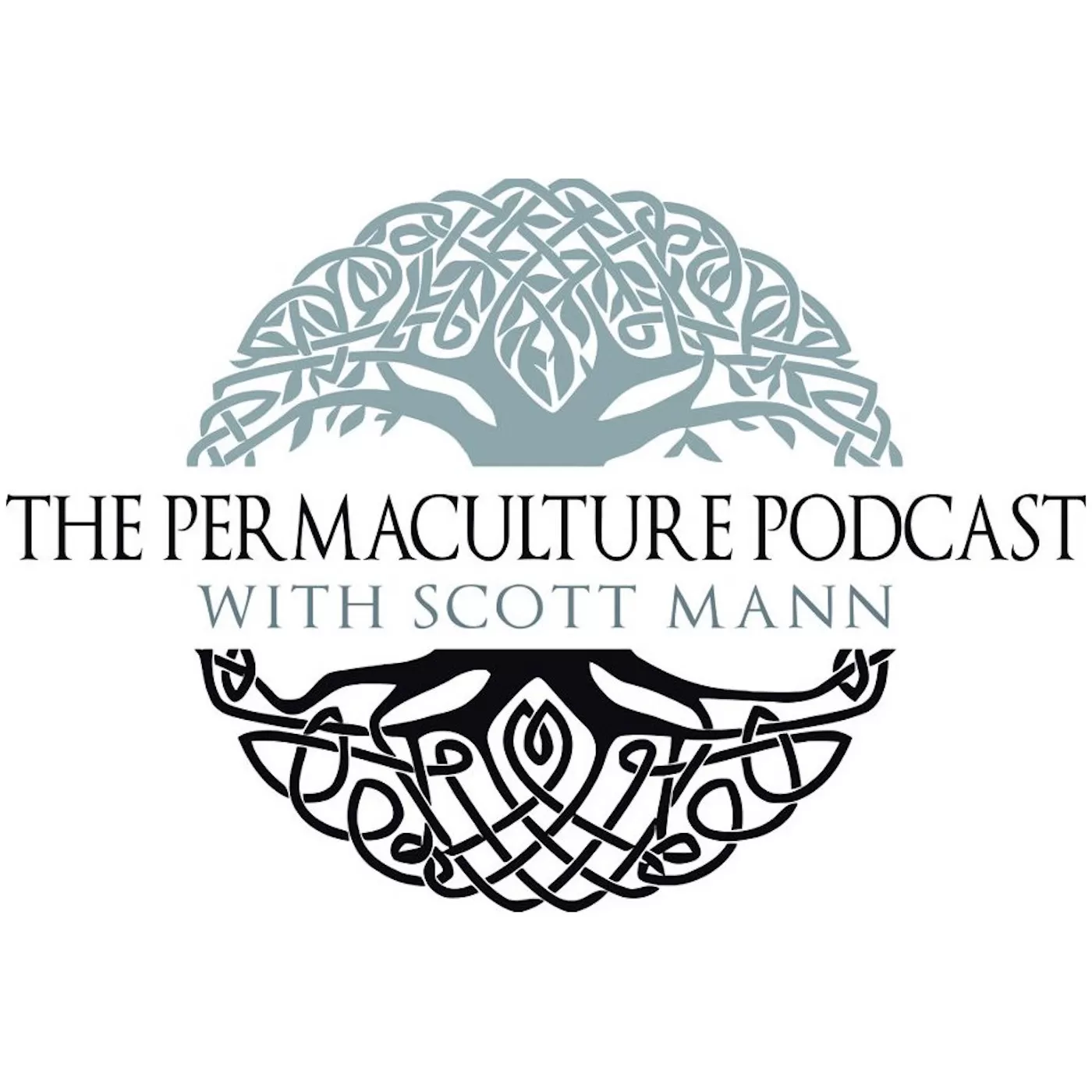And so begins the information that one could learn in a PDC. This is a little late in the series of information, as it deals with animals, but I'll work my way back around to the beginning with the next show. I wanted to wrap up Tony's question about animals and it was as good a place as any to start the discussion of a PDC. When looking at animals, there are 6 areas I look for how and what is necessary to include them. They are:
- Need and Requirements
- Yields
- Placment in a System
- Forage and Grazing Systems
- Forage Species
- Fencing Requirements.
The first three are ones that you should be able to find plenty of information on your own about through a variety of sources. It is the last three that are more tricky if you have not handled animals and livestock before. Here are some resources to look to for more information, this is by no means an exhaustive list, but something to get you started.
Forage and Grazing Systems:
Grazing System Planning Guid
Multi-Species Grazing
Forage Species: Forage Information System (Oregon State)
Forage Species Identification
Fencing Requirements: Estimated Cost for Livestock Fencing (PDF)
Fencing for Exclusion
Fencing Materials for Livestock Systems
And I mentioned Doug Fine's Farewell, My Subaru, which I highly recommend as an entertaining read about one person's quest to live a more self-sufficient sustainable life


